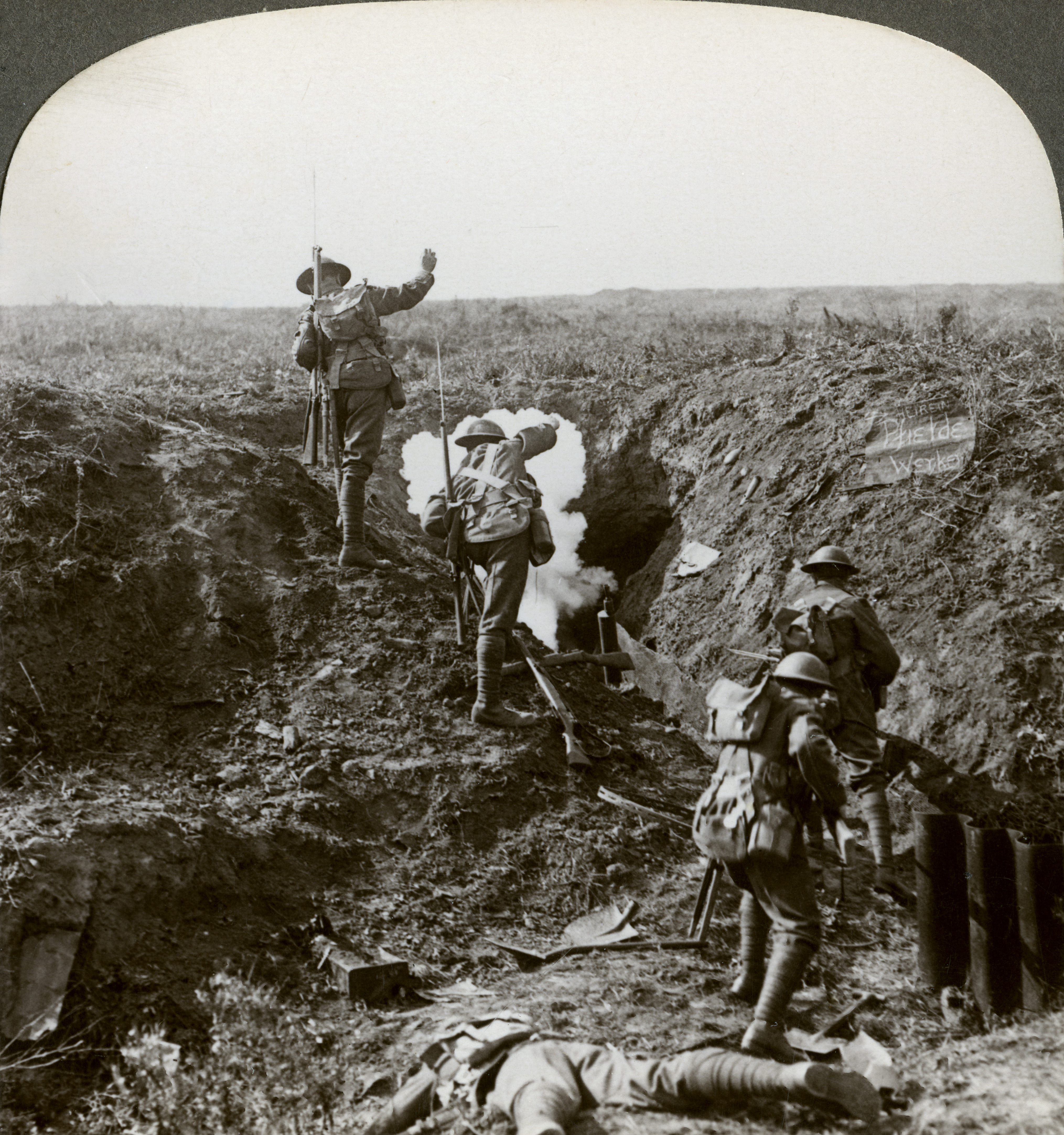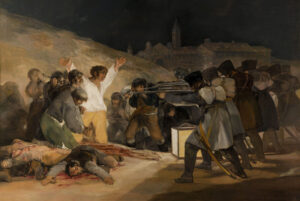As World War I came to a grinding, faltering halt, and the French Army in near mutinied disarray, French General Marie-Eugène Debeney was a bright spot in an otherwise bleak landscape. For his role in the Allied offensive at Amiens and the Hundred Days Offensive Debeney and his First Army was cited by the French 3rd Staff Office that read, “Soldiers of the First army, after a tough 12-day struggle at the side of our British Ally, you broke up the famous Hindenburg Line and the Germans abandoned Saint-Quentin.”

Debeney, a former professor of infantry tactics at the École de Guerre, was, like Philippe Pétain, an advocate of mass firepower to help break the stalemate of trench warfare. Subsequently after the war he served as commander at the officer’s training school at Saint-Cyr in 1919 and as chief of staff of the French army in 1925. Along with Ferdinand Foch and Pétain, Debeney was a key figure in reshaping the military doctrine of the French Army in the 1920s.
In 1937 he published The People and the War, in which he examines the influence of modern technology on future conflicts based on his World War I experience. With the French population stagnant at 40 million compared to the ever increasingly hostile 80 million in Germany under Adolf Hitler, Debeney foresaw the grave danger of the Third Reich and its military implications. Debeney is adamant, despite the war weariness of the French population, that the government prepare its army for the looming war as quickly as possible.
Debeney focuses on what he considers three vital factors. First, public opinion must be prepared not only to accept, but to support the government’s decision to declare war. Second, there must be unity of command in order to create conditions for the maximum use of all of the nation’s military resources, industrial capacity and morale. Third is what he calls the tyranny of material for the modern armies.
When his book was first published Debeney was highly criticized, his work contradicting that of General Charles de Gaulle’s concepts for the creation of mobile units from professional personnel. Debeney presciently advocated an armored division to be accompanied by a squadron of autogiros (the predecessors of helicopters) because he foresaw the utility of vertical takeoff and landing aircraft. Today’s situation, however, favors Debeney’s theories. Unity of command and the tyranny of the material are among the main problems facing the armies serving in recent years in Afghanistan and Iraq.





